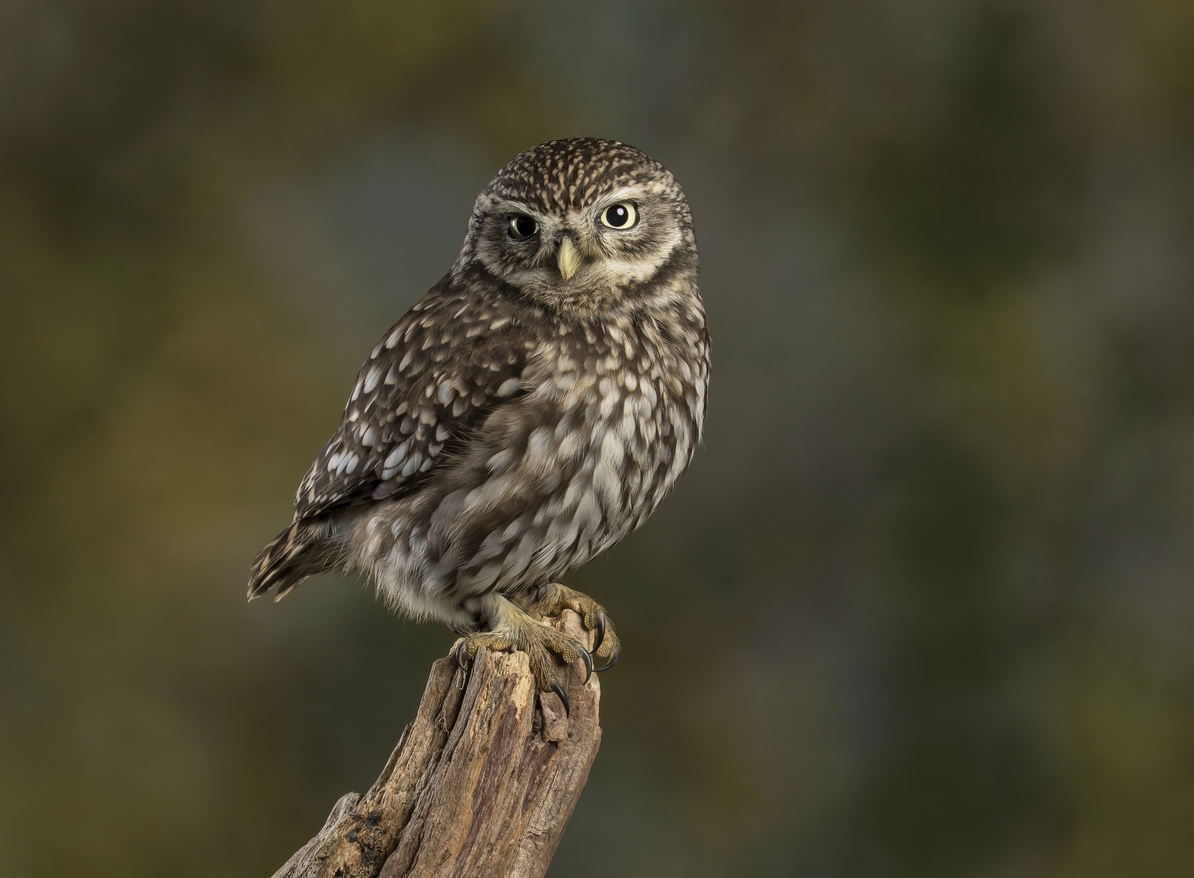We use cookies to make your experience better. To comply with the new e-Privacy directive, we need to ask for your consent to set the cookies. Learn more.
UK Little Owl

First introduced to the UK during the 19th century, Little Owl populations have remained somewhat steady for hundreds of years. Recent studies suggest populations are slightly declining, especially in Europe, but it is thought there are around 5,700 breeding pairs in the UK. They are most commonly found in the Welsh borders and throughout central and southern England.
Both male and female Little Owls are brown and white mottled or grey-brown in colour, with white underparts with brown streaks. Their feet and legs are typically feathered, and their large yellow eyes and prominent white eyebrows give them a particularly striking presence.
Nesting and Breeding Habits
Often seen in parks, orchards, gardens and hedgerows, Little Owls will look for nesting boxes or holes in buildings or trees in which to breed. Unlike many other birds, their nests will remain unlined.
The breeding season begins in mid-April, with female Little Owls incubating the eggs for approximately 28 days. Once hatched, both the male and female adults will feed their young for around 35 days before they are ready to leave the nest.
Adult Little Owls rarely stray far from their nesting sites, and so if you are fortunate enough to have a population in your area, you will likely be able to observe these beautiful birds in great detail throughout the year.
Diet
The diet of a Little Owl usually consists predominantly of earthworms and insects, particularly spiders, moths and beetles. Little Owls will also feast on amphibians, small birds and mammals, especially shrews.
Hunting Behaviour
Little Owls are very active throughout the day, and they can usually be seen perching on walls, fences and tree branches. If they are startled or alerted, you might see them bobbing their heads, which helps them to accurately judge distances and look out for potential dangers.
They will typically do most of their hunting at dawn and during the night, swooping down from their perch and catching their prey unaware.
General Facts
Latin name: Athene noctua
Length: 21cm - 23cm (8” - 9”)
Wing span: 54cm - 58cm (21.5” - 23”)
Weight: 140g - 220g (5oz - 7.75oz)
Seen: Year round
Conservation concern status: Green
